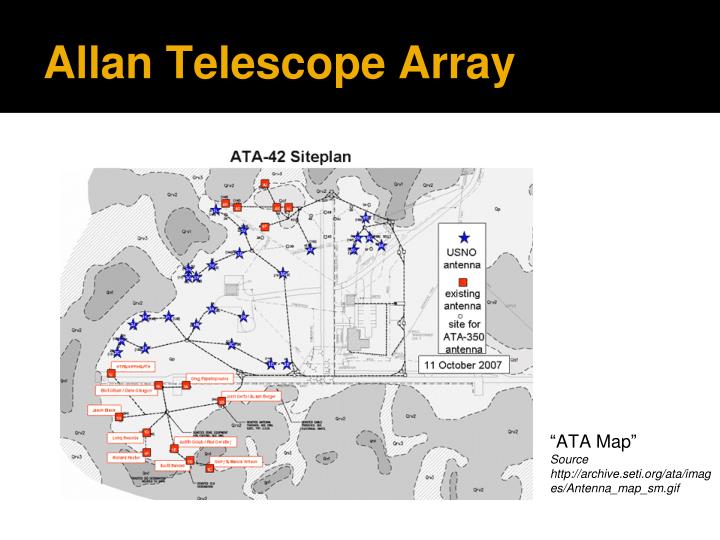

The opening tag in this file is (or for Astropulse files). The results are saved to a file named similarly to the work unit, but with some more numbers and underscores appended to the extension. The binary data is in a element with a parameter specifying an encoding (either "binary", which means raw binary data, or "x-setiathome", an ASCII-based encoding that might be the same one used in the classic program). The format is XML-ish (though without a doctype or other required XML formalities) and starts with a tag (or for the Astropulse format also used at times). wu extension (for instance in the Astropulse variant, which is a different kind of work unit than regular SETI ones), but now normally have numeric extensions that vary. Work units are found in the project directory, and have sometimes had a.
Setiathome boinc windows#
Pointing (as a relative path, using forward slashes even in the Windows version) to the file actually containing the work unit data.
Setiathome boinc software#
A work_unit.sah file there does not contain the actual work unit (as the classic software did), but has a line like: It is intended as a way of searching the massive amounts of data received at the.

There are also some files in the slots subdirectories that have names similar to ones from the old "classic" software, though their contents are different. SETIHome is one of the more famous distributed efforts on the internet. There are some "placeholder" files called placeholder.txt, containing the text line "This file is used as a placeholder until real data files are created or copied from another location." These are apparently intended to reserve directories within the structure which would otherwise be files connected with the project will have in their filename or subdirectory. Often the files in the slots directory will contain references to files in the projects directory, and the actual data (e.g., work units) is in the projects directory. The contents of the files here are project-specific.Īnother directory is named projects, and it contains subdirectories for the projects you are using (e.g., ). These are numbered from 0 up, with the number serving as the subdirectory name within slots. The slots directory tracks the different concurrent tasks running as part of your installation of BOINC this will vary in number depending on the characteristics of your system (e.g., 4 for a quad-core system that can run one task per core, 8 for a more modern one that can handle two simultaneous tasks in each core, 1 for single-CPU systems). There are a number of files directly in this directory, some global to BOINC and some specific to particular projects (they normally have a project identifier like corresponding to the domain name of the project as part of their filename, right before the extension). xml extension, though not actually completely valid XML. Many of the files are in XML format, or at least something similar to XML with an. In Windows Vista and up it is c:\ProgramData\BOINC. In Windows XP installations the usual directory is c:\Documents and Settings\All Users\Application Data\BOINC. The location of the files can vary by platform.


 0 kommentar(er)
0 kommentar(er)
